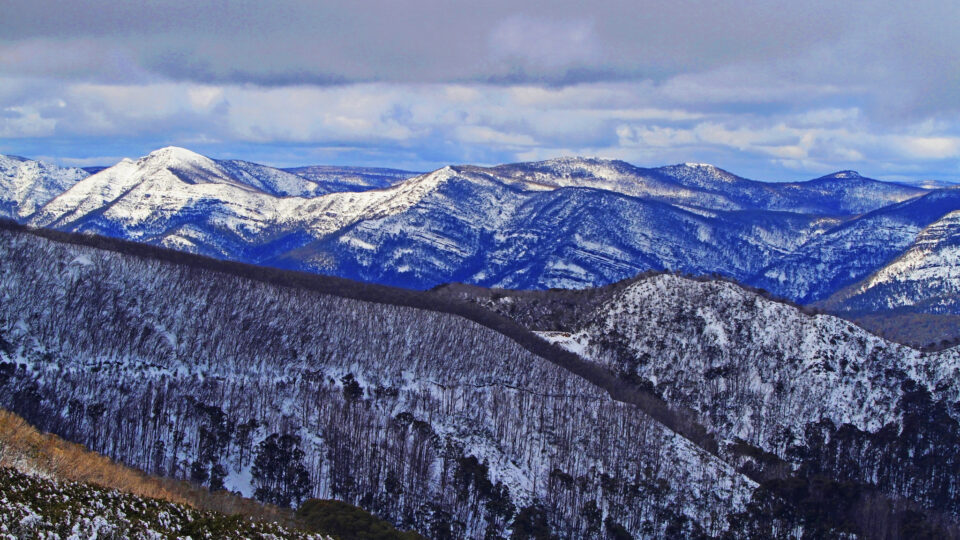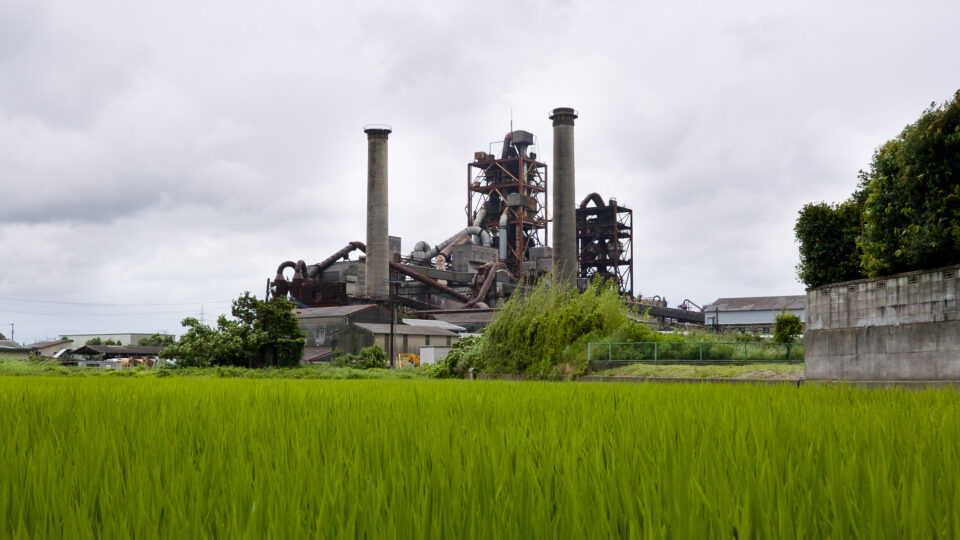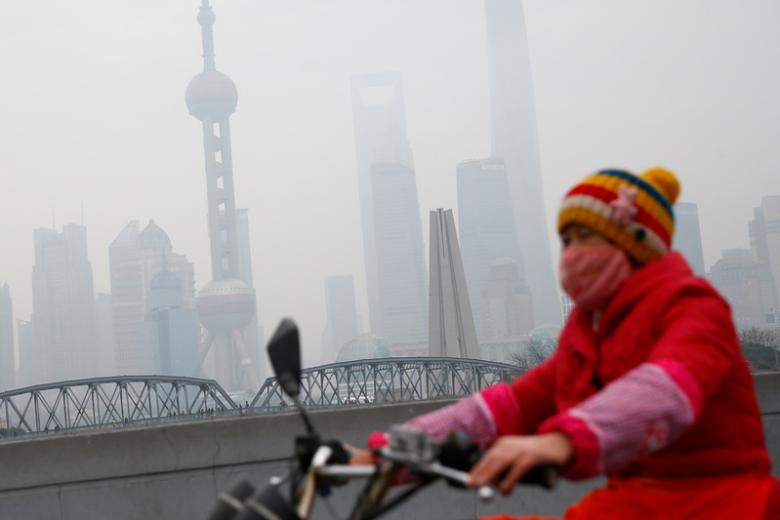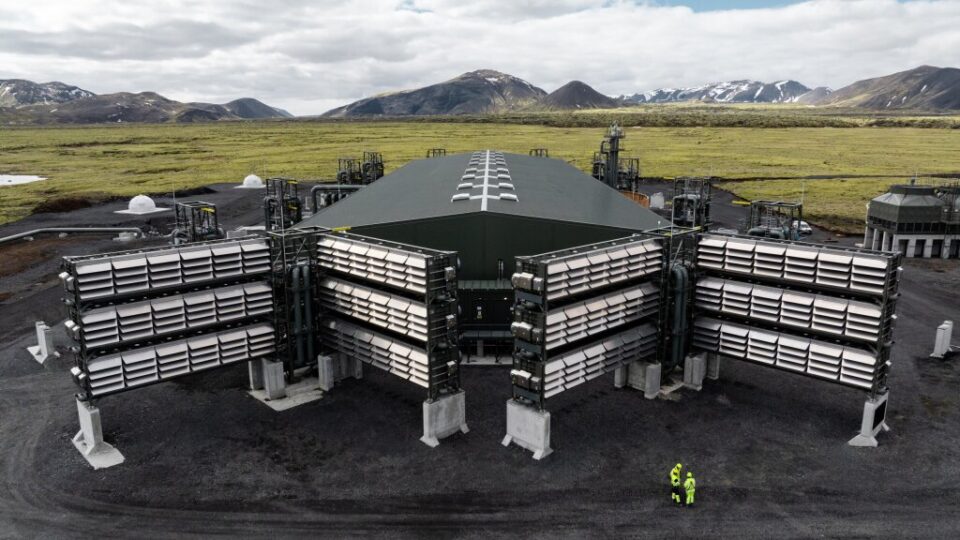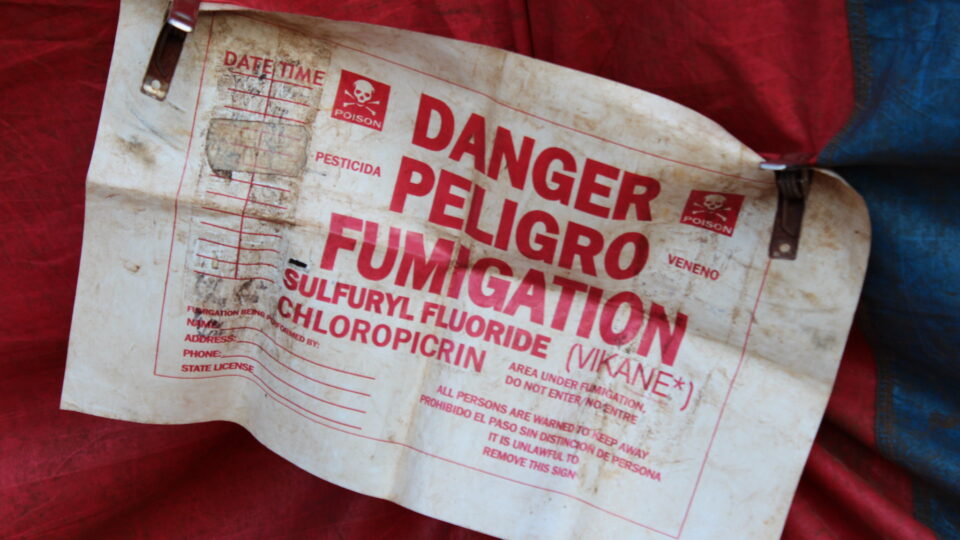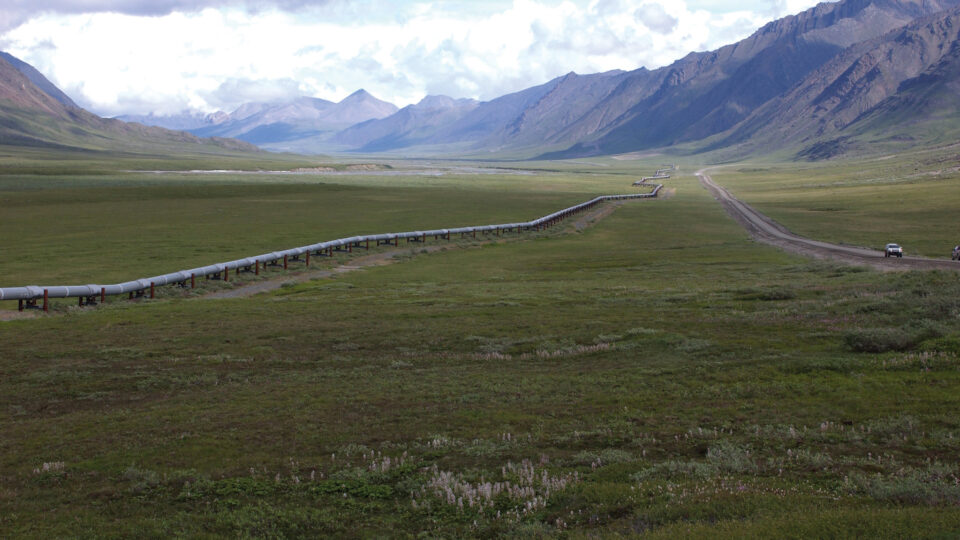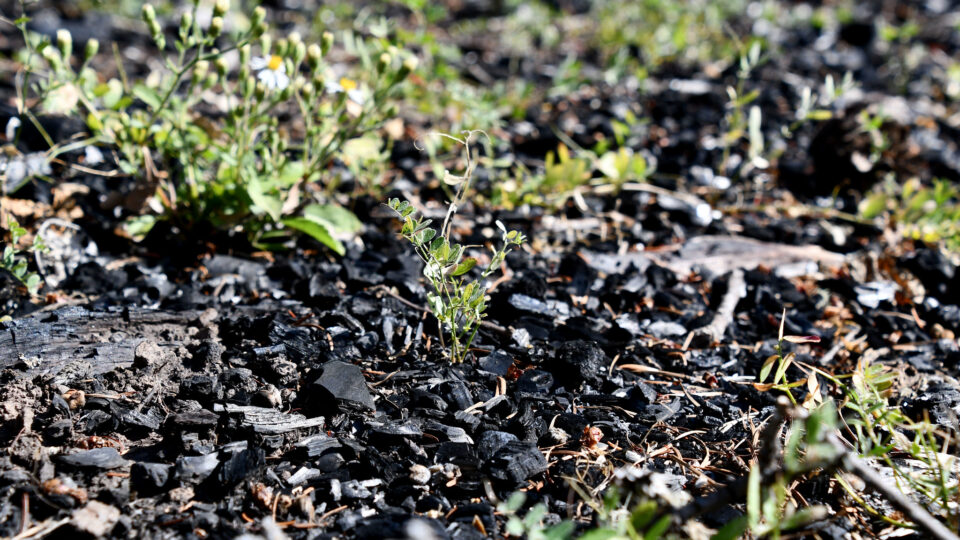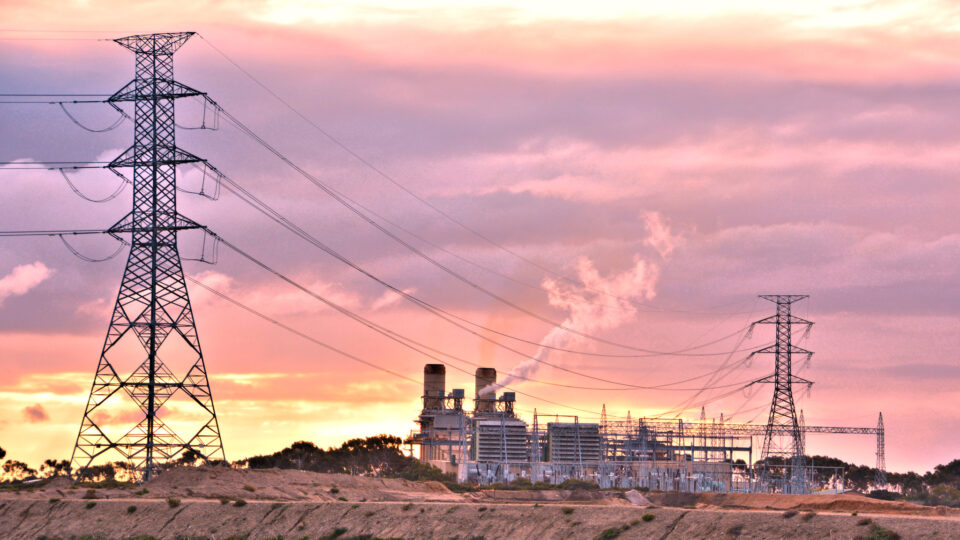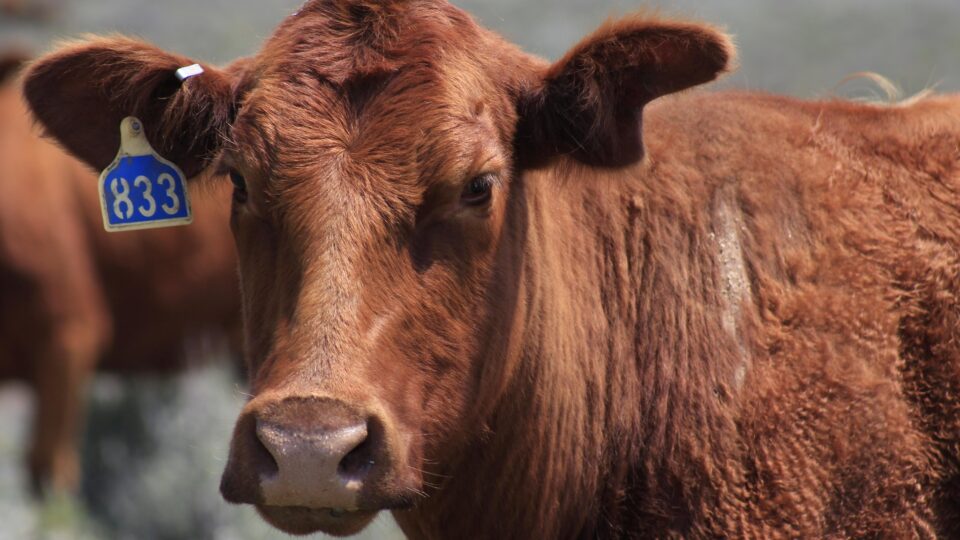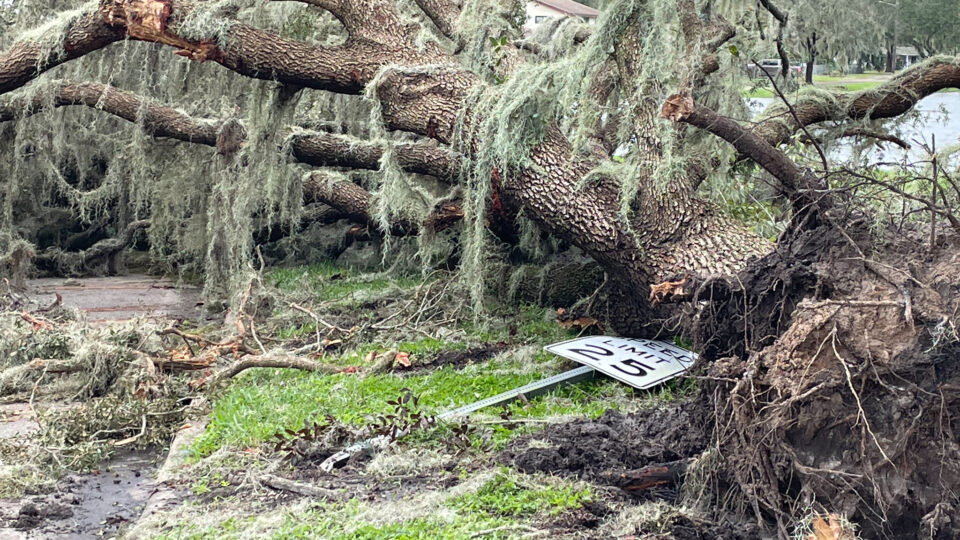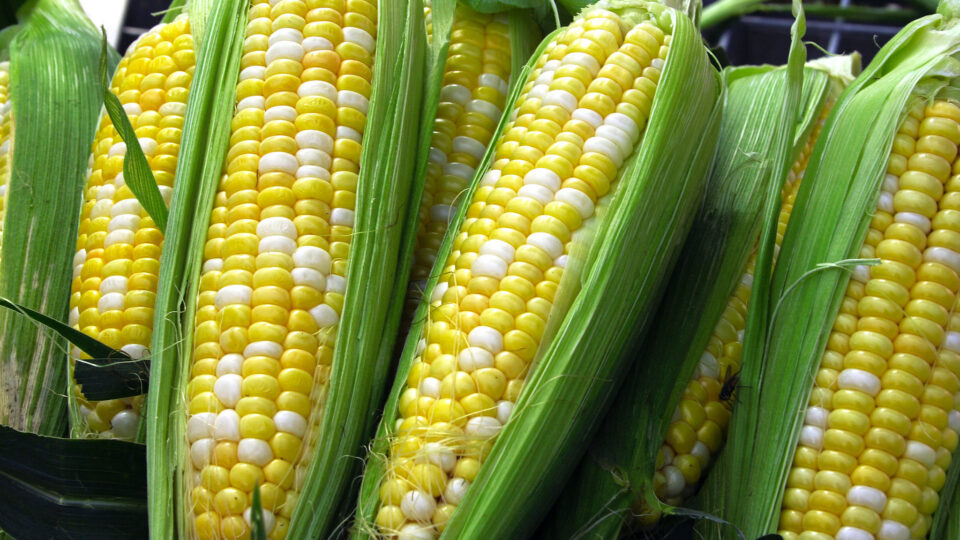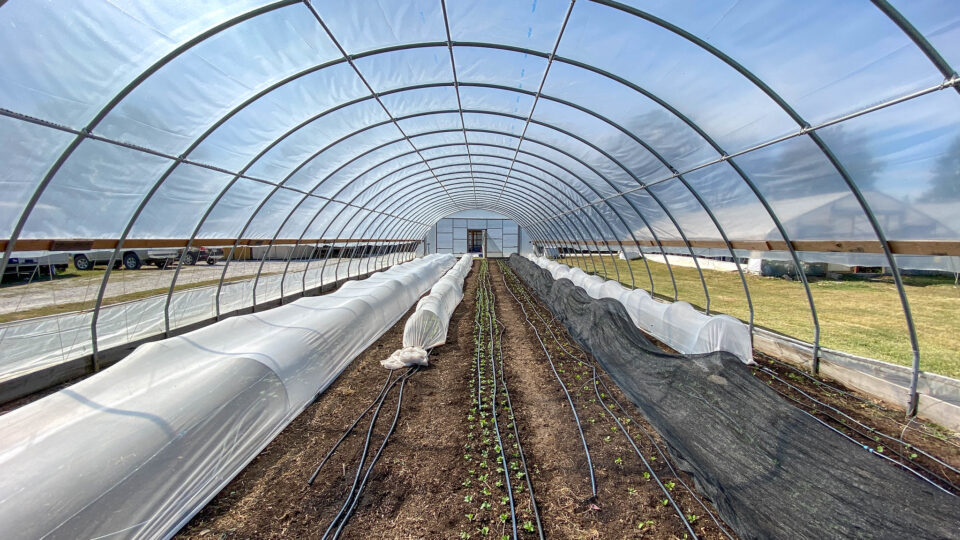According to the National Oceanic and Atmospheric Administration, snowfall is declining globally as temperatures warm because of human-caused climate change. Less snow threatens to reinforce global warming, and to disrupt food, water, and livelihoods for billions of people.
According to new modeling by researchers from Protect Our Winters Australia and The Australian National University, the ski industry in Australia is at risk of major disruptions and shorter seasons if climate change continues unabated. The researchers found the average ski season across all resorts in Australia will be 44 days shorter by 2050 under a mid-greenhouse gas emissions scenario, and 55 days shorter under a high-emissions scenario.
But the research team also revealed that the Australian ski industry would fare significantly better if decisive action is taken to reduce climate pollution. In fact, under a low-emissions scenario, the ski season would be 28 days shorter by 2050, before starting to improve by 2080 if emissions are kept down.
However, if decisive climate action isn’t taken, the researchers warn some ski resorts in Australia may be forced to close for good. But this threat isn’t unique to Australia.
In fact, according to a study recently published in the journal PLOS ONE, 13% of ski areas around the world are predicted to lose all natural snow cover under the high-emissions scenario by 2071-2100 – relative to their historic baselines.
The future losses of ski areas around the world will be significant if global emissions continue unchecked.
**********
Web Links
Climate crisis puts Australia’s ski industry on slippery slope, but not all hope is lost
“Our Changing Snowscapes” Report Released
The future is likely less skiable, thanks to climate change
Photo, posted June 6, 2018, courtesy of Clement Tang via Flickr.
Earth Wise is a production of WAMC Northeast Public Radio
